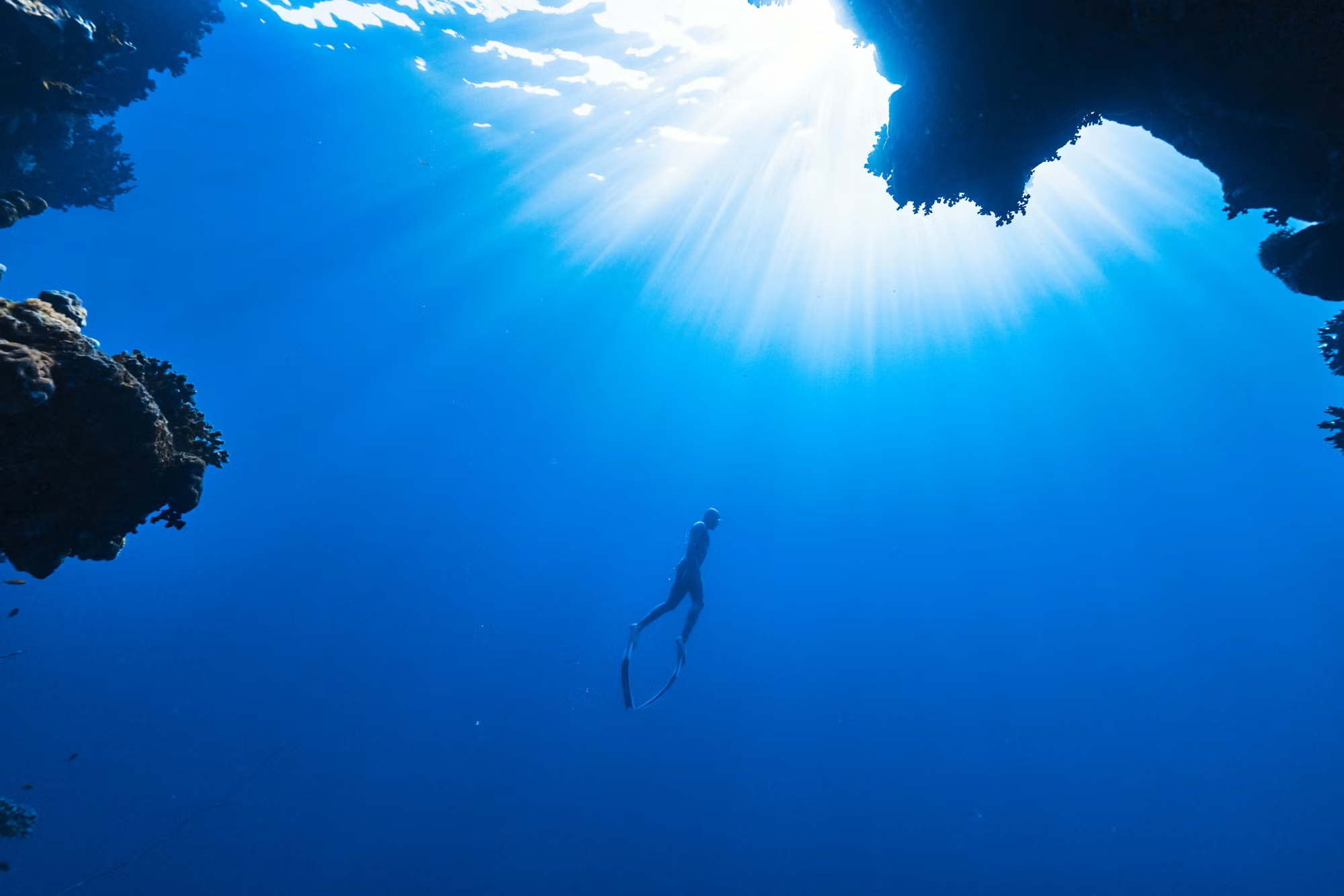
Diving is an exhilarating way to explore the underwater world, offering a variety of disciplines that cater to different interests and skill levels. Each type of diving presents unique experiences, techniques, and environments, providing endless opportunities for adventure and discovery. This article dives deep into the fascinating world of diving, highlighting its diverse forms, the skills required, and the wonders that await beneath the surface.
One of the most popular forms of diving is scuba diving, a thrilling recreational activity that allows divers to explore the ocean with the aid of a self-contained underwater breathing apparatus. Scuba diving opens up a world filled with vibrant marine life, colorful coral reefs, and the chance to explore fascinating underwater landscapes. Many divers start their journey through introductory courses, learning the fundamentals of buoyancy, navigation, and safety protocols.
Popular diving destinations such as the Great Barrier Reef, the Red Sea, and the coast of Thailand attract scuba divers from around the globe. These locations boast stunning underwater ecosystems, where divers can encounter a myriad of species, from schools of tropical fish to majestic rays and turtles. Scuba diving not only provides a sense of adventure but also fosters a deep appreciation for marine conservation.
As divers gain experience, many choose to pursue advanced training in technical diving. This discipline goes beyond the recreational limits of scuba diving, allowing divers to explore deeper depths and more complex environments, such as underwater caves and shipwrecks. Technical diving requires specialized equipment and a thorough understanding of decompression theory, gas management, and emergency protocols.
With technical diving, the thrill of exploration is heightened. Divers often use mixed gas systems to reduce the risks associated with deeper dives, enabling them to explore stunning underwater realms that are inaccessible to recreational divers. The allure of discovering sunken ships laden with history or navigating intricate cave systems is irresistible for many, pushing them to develop their skills further.
Freediving is another captivating discipline that offers a different approach to underwater exploration. Freedivers rely solely on their breath-holding capabilities to explore the depths, which fosters a strong connection to the ocean. This discipline emphasizes relaxation and breath control, allowing individuals to descend to impressive depths without the aid of breathing apparatus.
Competitive freediving includes disciplines such as static apnea, where divers hold their breath for as long as possible, and dynamic apnea, which involves swimming distances while holding one’s breath. These competitions not only showcase remarkable human capabilities but also promote a greater awareness of the importance of breath control and mindfulness while underwater.
For those seeking a more accessible way to explore marine environments, snorkeling offers a fantastic introduction to the underwater world. Snorkeling requires minimal equipment—just a mask, snorkel, and fins—allowing individuals to swim at the surface and observe the rich life below. Popular snorkeling destinations, like the Caribbean and Hawaii, offer crystal-clear waters and abundant marine species, making it an enjoyable activity for all ages.
Snorkeling not only provides a gateway to the underwater realm but also serves as a foundation for those interested in pursuing scuba diving. Many divers begin their underwater journeys with snorkeling, gaining comfort and familiarity with the aquatic environment before taking the plunge into scuba courses.
In addition to recreational diving, commercial diving plays a crucial role in various industries. Commercial divers undertake tasks such as underwater construction, maintenance, inspection, and salvage operations. This form of diving requires specialized training and equipment to ensure safety and efficiency in often challenging environments. Commercial divers are essential for infrastructure projects, environmental monitoring, and marine research, highlighting the significance of diving beyond leisure.
Underwater photography and videography have gained popularity among divers, allowing them to document their experiences and share the beauty of the underwater world. With advances in technology, underwater cameras have become more accessible, encouraging divers to capture stunning images of marine life, coral reefs, and underwater landscapes. This creative aspect of diving adds another layer of enjoyment, as divers can share their adventures and raise awareness about marine conservation through visual storytelling.
Cave diving is a thrilling yet challenging discipline that allows divers to explore submerged cave systems. This type of diving requires specialized training due to the unique hazards associated with confined spaces and reduced visibility. Cave divers must possess strong navigation skills and follow strict safety protocols to ensure a successful and safe experience.
The beauty of cave diving lies in the surreal underwater formations and crystal-clear waters that create an enchanting atmosphere. Navigating through narrow passages and discovering hidden chambers can be a deeply rewarding experience, but it demands rigorous planning and adherence to safety measures. Those who venture into these underwater caves often find themselves captivated by the stunning natural sculptures that have formed over centuries.
Ice diving presents a unique adventure, allowing divers to explore underwater environments covered by ice. This discipline requires specialized skills and equipment to navigate the cold temperatures and icy conditions. Ice divers access underwater areas by creating holes in the ice, providing a breathtaking view of the submerged world below.
The tranquility and clarity of the water beneath the ice offer an extraordinary backdrop for observing unique marine life that thrives in colder environments. Like cave diving, ice diving requires careful planning and safety protocols to ensure a safe and enjoyable experience. The thrill of diving in such an unusual setting creates unforgettable memories for those who embark on this unique adventure.
Night diving adds a whole new dimension to the diving experience. When the sun sets, the underwater world transforms, revealing a different array of marine life and behaviors. Armed with specialized underwater lights, divers can explore the ocean at night, witnessing the magical display of bioluminescence and the feeding habits of nocturnal species.
Night diving requires careful preparation and heightened awareness, as visibility can be limited. However, the rewards of experiencing the ocean after dark are immense, providing divers with a unique perspective on the underwater ecosystem and a deeper appreciation for marine life.
Reef diving and wreck diving are two other popular disciplines that continue to captivate divers. Reef diving allows enthusiasts to immerse themselves in vibrant ecosystems filled with colorful corals and diverse marine species. These underwater gardens are vital for marine biodiversity, and exploring them fosters a greater understanding of the importance of conservation.
Wreck diving, on the other hand, offers a glimpse into history, allowing divers to explore sunken ships, aircraft, and other man-made structures that have become artificial reefs. Each wreck tells a story, providing opportunities for historical exploration and marine life observation. The combination of nature and history creates a rich diving experience that captivates adventurers and history buffs alike.
Ultimately, diving encompasses a wide range of disciplines, each offering unique experiences and challenges. From the serene exploration of coral reefs to the adrenaline-pumping adventures of technical diving, the underwater world invites enthusiasts to discover its wonders. By understanding the various types of diving, individuals can select experiences that resonate with their interests and skill levels.
As divers continue to explore the depths, they foster a deeper connection with the ocean and contribute to the conservation of marine environments. The beauty and thrill of diving inspire individuals to appreciate the wonders beneath the waves, ensuring that the magic of the ocean is shared with future generations. Dive into the adventure, and let the underwater world unveil its secrets!








